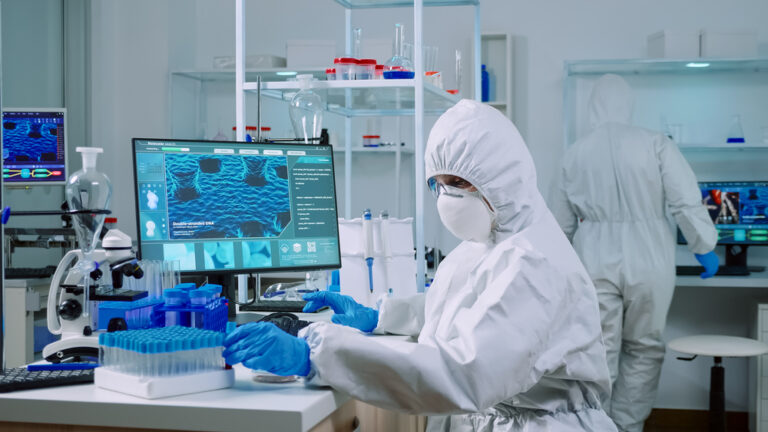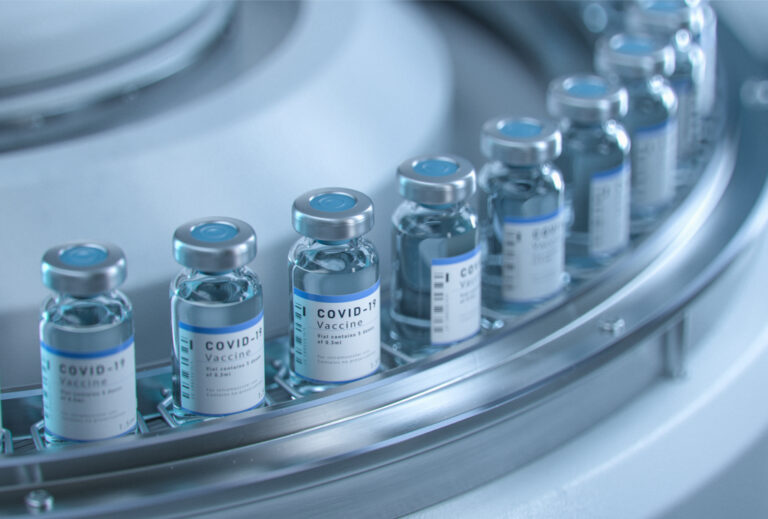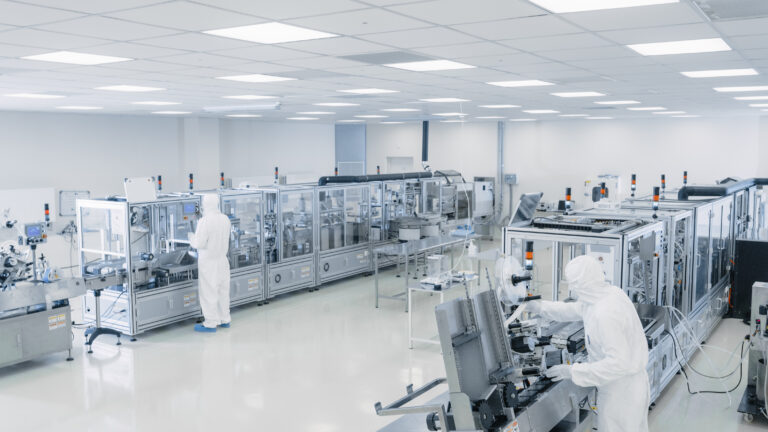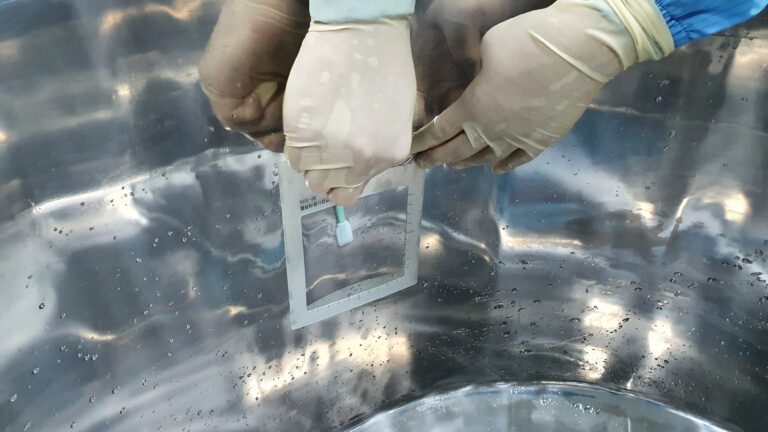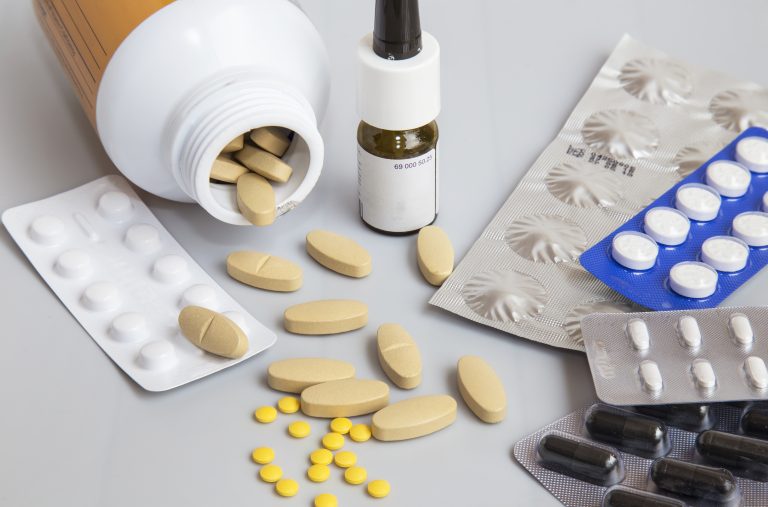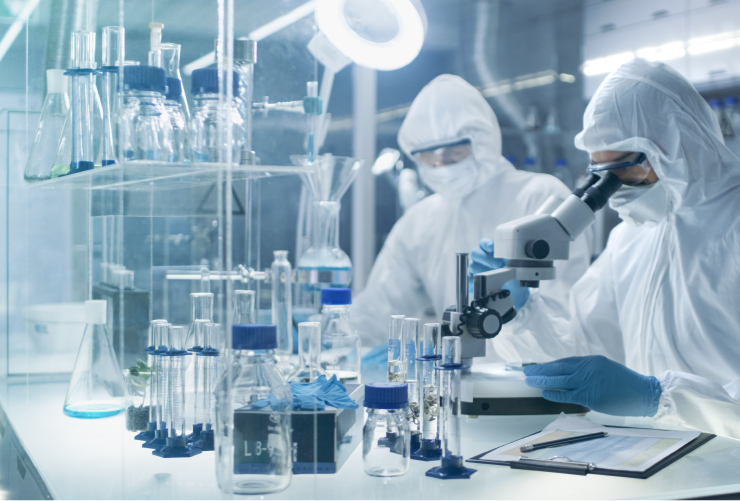What is Validation?
In a very general definition, validation can be described as the documented evidence that a system or process is compliant and so it can replicate consistent results, assuring drug quality.
The concept of Validation can be applied to several stages of the pharmaceutical production cycle, not being exclusive of the manufactured product itself, as many would guess, for example:
- Process and Product
- Utilities
- Facilities
- Cleaning
- Automated systems
- Equipment
- Test methods
- …
So it is possible to understand that the consistency and quality of the process cannot be adequately assured only by in-process and finished-product inspection or testing but by an overall approach to all the intervenient along with the manufacturing of a drug product where each step of a process is controlled to assure that the finished product meets all quality requirement [1] (from the methods used to test product quality to the equipment used on its production).
Through Validation, it is possible to achieve a complete study of the system as risk-based approaches are used to determine the worst-case and all the risks that can possibly compromise the quality and safety of the drug product.
Why is it important?
The validation of a system or process is important so that it can be assured that the product manufactured using the validated conditions, controls, parameters, equipment, etc, leads to a minimum variation on the product quality and maximum consistency batch over batch, assuring that all product manufactured through the validated conditions meets the required specification [1].
Example of an approach to Process Validation
FDA (Food and Drug Administrator) guidelines suggest that process validation can be divided into three main stages, “which establish scientific evidence that a process is capable of consistently delivering quality product” [1]:
- Process Design – design a manufacturing process that is capable of consistently deliver a product with the required specifications and product quality.
- Process Qualification – evaluation of the process design to determine if it is capable of reproducibility throughout the qualification of facilities, utilities, systems, equipment, performance, etc.
- Continued Process Verification – continued evaluation of the process to assure it remains in a controlled validated state through process data evaluation, identifying possible deviations and if they require corrective or preventive actions (CAPA).
As it is possible to see, process validation is not to be carried out as a one-time event, but as a lifecycle approach, with continuous study and improvement of the process itself, understanding where the sources of variability may appear and eliminate them.
References
[1] Guidance for Industry – Process Validation: General Principles and Practices – Food and Drug Administration, January 2011

Post was written by Teresa, Life Sciences Consultant




